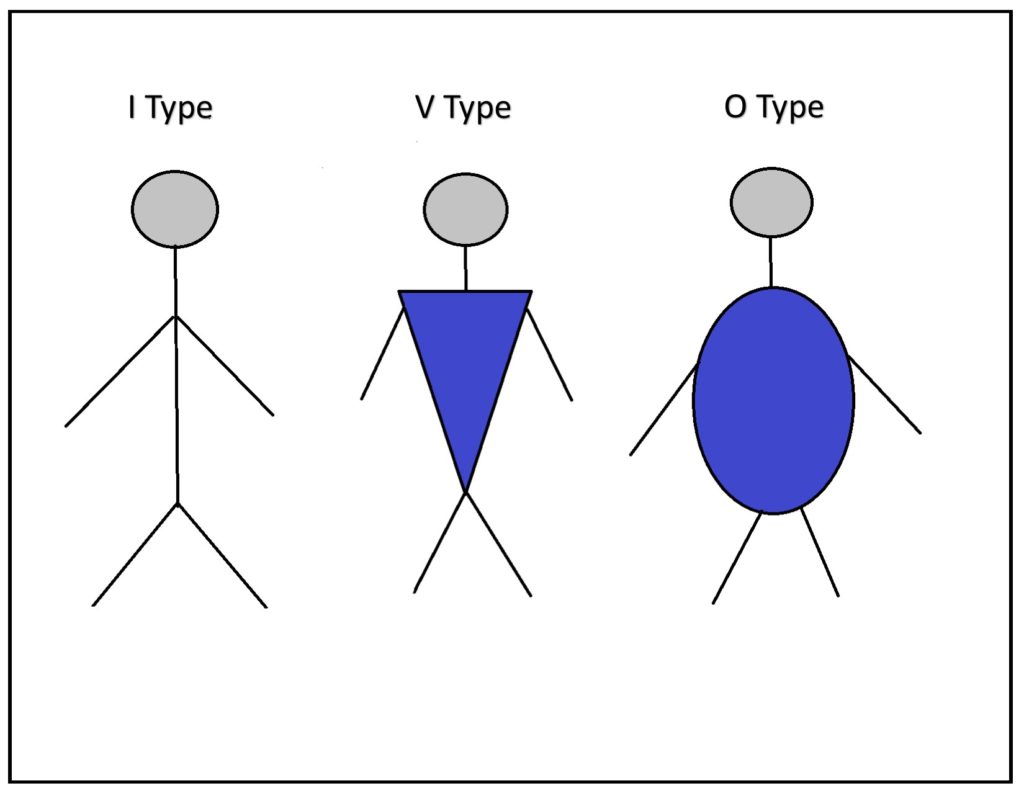Are you still progressing toward your goals? Or, have you reached a plateau?
If you are at a standstill, ask yourself a few questions:
- Am I doing everything within my power to accomplish my goals?
- What can I improve?
- Where have I compromised?
- Did my eating habits change? If so, how?
- Did my exercise regimen change? If so, how?
The answers to these simple questions can certainly highlight the way to overcome the current hurdle.
But, I want to provide some practical advice to conquering the plateau.
It's difficult to give specific advice to a general audience with such a wide frame of reference, but I'll attempt to handle the common issues we may face.
Scenario 1: "I was doing well, then I just got off track."
We all fall into this rut from time to time, and it doesn’t take long to get there. However, getting out the rut is not as hard as one may think.
Typically, those in this category know what needs happen (i.e. eat cleaner and exercise regularly), but they struggle with consistency. They are aware of the proper exercise and nutritional habits that once brought improvement, and they just need a push.
Here are some helpful tips:
- Just be honest with yourself. No need to make excuses or place blame. What caused you to “get off track?”
- Identify your pitfalls and what situations that may cause you to slip up and set boundaries to avoid them.
- Restart with simple habits: eat slow, eat 80% full (use smaller plates), log your food for self-accountability and calorie counting, eat veggies, protein, meal prep, etc.
- Get your mind right (I.e. be prepared for voices—both internal and external—that may deter you).
- Get some accountability!
- Set a routine. Remember, what starts as a discipline can lead to a delight.
- Treat your exercise appointment as you would a doctor's appointment and try your best not to let “other” things impede.
- Out of sight, out of mind, and out of mouth. Remove tempting "red-light" foods from your normal locations. If you struggle with the temptation of ice cream…then don’t have it in your house (if that’s an option).
- Be weary of “rewarding yourself” too often with special treats.
Scenario 2: "I have been doing the same healthy habits, yet the progress has come to a halt. I'm not doing anything different than when I was making progress."
The reason the habits you are currently doing have lost their effectiveness may be simply that your body has adapted to the stimuli and has reached an equilibrium. Thus, all that you need to do is shake things up.
There are a host of factors that can contribute to a plateau but here are some strategies:
-
Increase exercise by 1 hour per week
-
Log your food for a week using a calorie counter. Be as thorough and accurate as possible to get a snapshot of your current intake. Then, decrease (or increase depending on your goals) your calories by 250 calories per day. Stay consistent for 2 weeks and measure any progress.
- If neither of these 2 works, then increase exercise by another hour, and reduce (or increase) your calories by another 250 calories per day. Complete for another 2 weeks and measure progress.
-
Change your proportions of carbs, fat, and protein
- Eat for your body type and/or activity level (percentages: carb%-fat%-protein%). The percentages are based off the total caloric intake per day. In order to do this effectively, you must log your food to attain a caloric breakdown. The good news is that most calorie counting apps do all the math for you. I’d recommend MyFitnessPal or LoseIt.
- I type (ectomorph): tall, slender, high metabolism (can process carbs more effectively), active
- 55-65% carb, 10-20% fat, 20-35% protein (55-10-35 or 65-15-20)
- V type (Mesomorph): medium size, athletic, medium-high metabolism, active, muscular
- 33-40% carb, 30-33% fat, 30-33% protein (40-30-30 or 33-33-33)
- O type (endomorph): Large, often sedentary, usually slow metabolism (can process dietary fat more effectively)
- 20-30% carb, 35-45% fat, 35-45% protein (20-45-35 or 25-40-35)
- I type (ectomorph): tall, slender, high metabolism (can process carbs more effectively), active
- In simple terms: if you are highly active, then you need more carbs, if you are sedentary, you need less carbs and more healthy fats in your diet.
- Eat for your body type and/or activity level (percentages: carb%-fat%-protein%). The percentages are based off the total caloric intake per day. In order to do this effectively, you must log your food to attain a caloric breakdown. The good news is that most calorie counting apps do all the math for you. I’d recommend MyFitnessPal or LoseIt.

-
Boost your veggies (i.e. vitamins and minerals) or take a multivitamin.
-
Take a probiotic and/or prebiotic to help with digestion, absorption, and performance.
-
Consider a possible hormonal imbalance (especially middle age adults)
-
Complete an elimination diet or Whole30. This will certainly shock your system. Plus, it may help identify food sensitivities and intolerances.
